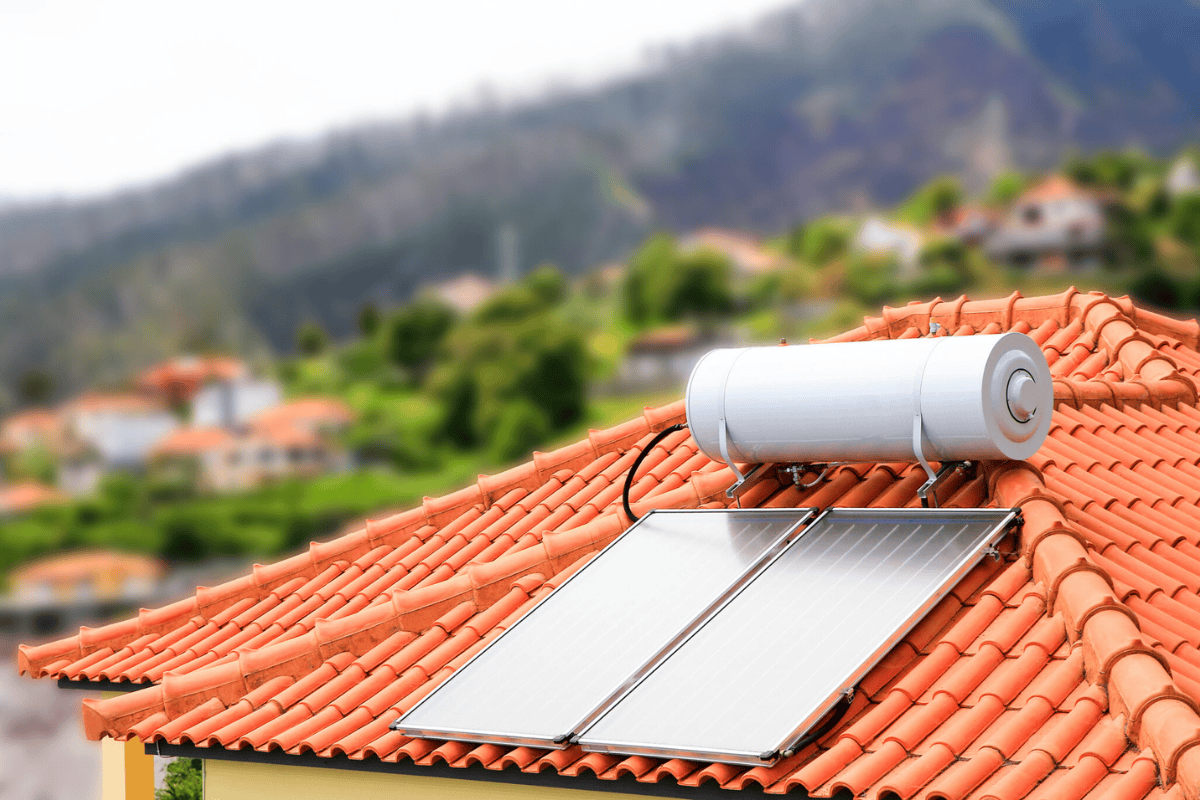A burst geyser can be disruptive, but preparation helps limit the damage.

A burst geyser can cause significant household damage within minutes, but quick action can reduce the impact and limit repair costs.
Kwikot has shared a series of steps that homeowners can follow in an emergency.
ALSO READ: How much your geyser really costs you and what to do about it this winter
Why geysers burst
Geysers operate under pressure and can fail for several reasons. Over time, the steel tank may weaken due to heating, cooling, and corrosion; if the protective coating deteriorates or the sacrificial anode is not replaced, the tank can burst.
High water pressure, often caused by faulty or blocked pressure control valves, can strain the tank and connected plumbing.
Poor installation, including incorrect fittings, missing valves or non-compliance with safety standards, can also shorten the geyser’s lifespan and increase the risk of leaks or structural failure.
Neglected maintenance, such as ignoring small drips or unusual noises, can allow minor issues to escalate into full system failure.
What to do when your geyser bursts
Switch off the power
Go to the distribution board and turn off the circuit marked “geyser”. If the circuits are not labelled, switch off the main power supply until an electrician can identify the correct one. This prevents the risk of electric shock.
Stop the water supply
Close the stopcock valve that feeds the geyser. It is usually located near the unit, on the supply pipe, or in some homes on an exterior wall or near the water meter.
Turn the valve clockwise. If this area is inaccessible or flooded, close the main water supply instead. It is normally positioned near the boundary of the property.
Drain the remaining water
Open the draincock at the bottom of the geyser and attach a hosepipe to direct water outside. The water may still be hot. If the geyser cannot be reached, open a few hot taps to relieve pressure.
Record the damage
Take photographs and short videos of the burst geyser, leaks and damaged areas. Save this evidence for insurance purposes and for assessment by contractors.
Call your insurer and a licensed plumber
Once the immediate risk is contained, contact your insurance provider or a registered plumber. A qualified professional will inspect the installation, determine the cause and ensure the replacement complies with national standards.
How to prevent future failures
Routine maintenance reduces the risk of a burst geyser:
- Service the unit every two to three years.
- Test the pressure control valve regularly.
- Replace the sacrificial anode when worn.
- Keep drip trays and overflow pipes clear.
NOW READ: Predators at play: Expert warns on sinister side of Roblox






